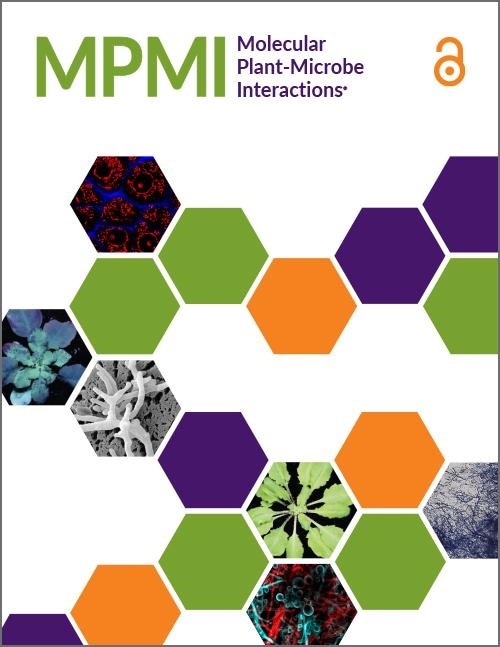Researchers have achieved major technological advances in various biology techniques, enabling their high-throughput implementation. However, it has been a laborious and time-intensive task to evaluate the resistance levels of plant varieties to microbial pathogens.

Image Credit: American Phytopathological Society
To this end, Pujara and colleagues leveraged the naturally found luminescence of a deep-sea shrimp to design a light-synthesizing bacterial reporter that enables the plant resistance levels to be quantified through imaging.
Oplophorus gracilirostris features the nanoluc luciferase (NL), a small protein characterized by its strong brightness and high stability. The team took advantage of these characteristics to synthesize a light-emitting bacterial strain from the Pseudomonas syringae species, which is a plant pathogen.
Plant pathogens tend to reproduce at a higher rate in vulnerable hosts than in resistant ones. Therefore, vulnerable plants were predicted to synthesize more light upon being infected with a regulated amount of the luminescent pathogen.
The researchers combined this setup with an automated table including a camera that moves within and images plants to phenotype over more than Arabidopsis thaliana mutants at the same time.
The team compared this innovative quantification technique with traditional culture-based techniques, demonstrating a high correlation between the results of both techniques. This indicated the robustness of the newly created tool and the prospective use of this technology for other applications.
Our high throughput imaging-based resistance assay will provide plant pathologists and breeders a long-sought tool to screen an unprecedented number of plants to identify resistance traits that could fight a potential future pandemic.”
Hong-Gu Kang, Project Lead and Researcher
“In addition, we are currently working on developing artificial intelligence (AI) algorithm that will further expedite resistance analysis processes. Ultimately, we would like to conduct a project to assess all the genes in Arabidopsis and other species for resistance,” concluded Kang.
Source:
Journal reference:
Pujara, D. S., et al. (2021) Imaging-based resistance assay using enhanced luminescence-tagged Pseudomonas syringae reveals a complex epigenetic network in plant defense signaling pathways. Molecular Plant-Microbe Interactions. doi.org/10.1094/MPMI-12-20-0351-TA.